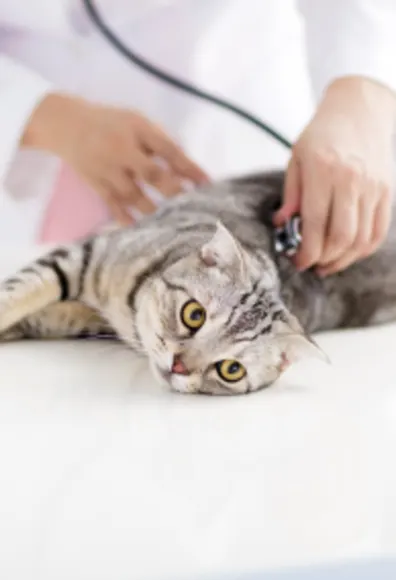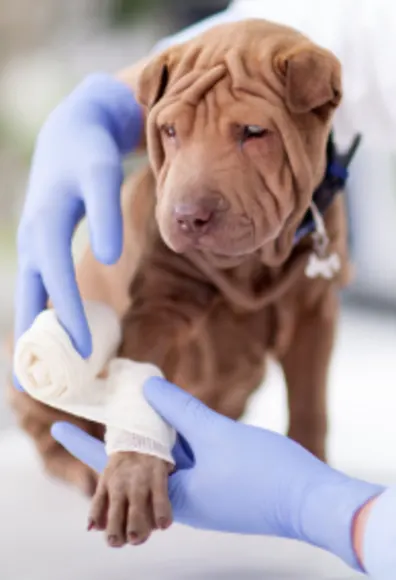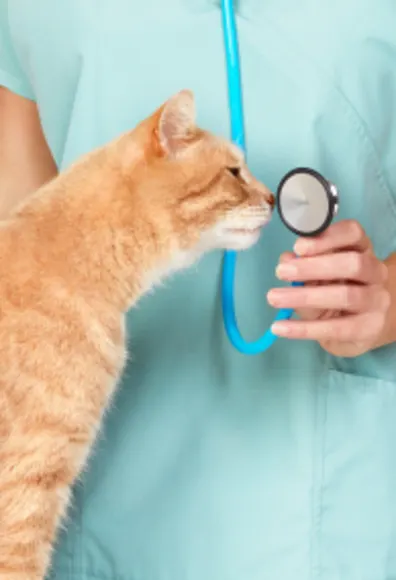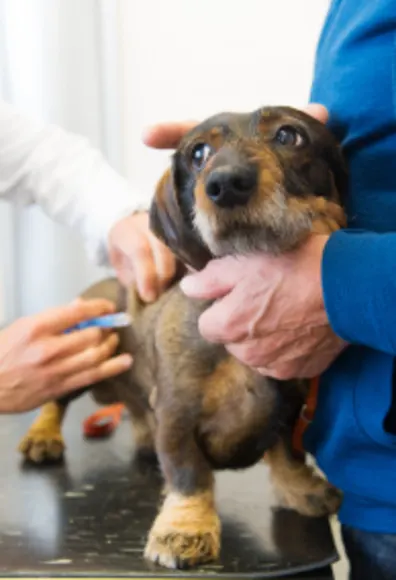Emergency Animal Hospital of Collin County
Common signs that your pet may have a medical health emergency:
Difficulty or stopped breathing
Gum or tongue discoloration (often blue or red)
Large open wounds with excessive bleeding or visible bone
Sudden collapse and/or difficulty getting back up
Unresponsiveness or difficulty to rouse
A snake or insect bite or sting on your pet that is causing a severe reaction
A bite from any animal whose vaccination history you aren’t familiar with
Seizures
Sudden paralysis of the back legs (especially in cats)
Excessive panting, drooling, vomiting or diarrhea, staggering or lethargy, and lack of urine production may be symptoms of anaphylactic shock
Swelling of the skin or face, hives, excessive salivation,and vomiting or diarrhea may be symptoms of heatstroke
If your pet is exhibiting any of the above symptoms or other severe signs of illness, call or visit us as soon as possible. Our experienced emergency care veterinary staff is here to help you and your pet in your time of need at our state-of-the-art facility in Plano.
What You Should Do if Your Pet Is Having an Emergency
If you think your pet is having a medical emergency, it’s important to remain calm so that you can get your pet medical attention as swiftly and safely as possible. Moving confidently, calmly, and quickly while following the steps below can keep your pet from feeling stressed and scared while getting them the care they need in a timely manner.
Move your pet to safety
If your pet is in a dangerous location, such as on the road or close to a venomous snake, carefully move them away from danger.
Contact our hospital
Assess your pet’s symptoms and call us at (214) 547-9900. Briefly explaining your pet’s situation to our expert veterinary staff allows us to prepare to immediately care for your pet. You can provide more in depth details once you arrive at our office.
Put your pet in your vehicle
Moving an animal that is undergoing a medical emergency can be tricky -we recommend it be done as a two-person job. Loosely draping a soft cloth over your pet’s eyes can help calm them down if they are aggressive or panicking due to pain or fear. Towels can make a good makeshift stretcher and allow you to more easily move your pet comfortably and safely.
Drive your pet quickly and carefully to our hospital and follow our veterinary staff’s instructions upon arrival.
Not all situations constitute a veterinary emergency. The information above can help you determine the severity of your pet’s health issue as well as the appropriate action you should take. When in doubt, bring your pet to our hospital even if you’re not able to fully assess the situation beforehand. We are happy to assist you both over the phone and in person.




